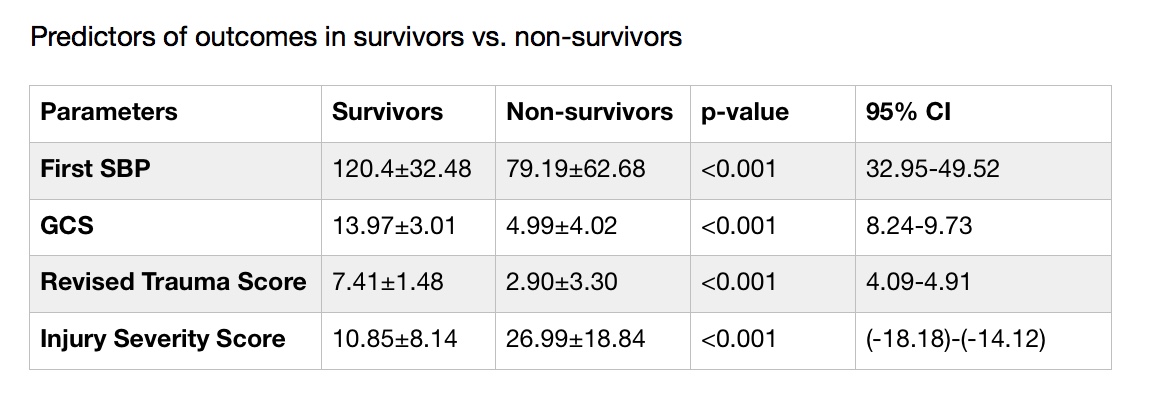C. M. McLaughlin1, E. Barin1, M. Fenlon1,2, C. Azen2,3, T. Deakers4, J. Stein1,2, D. Bliss1,2, J. Upperman1,2, A. Jensen1,2 1Children’s Hospital Los Angeles,Pediatric Surgery,Los Angeles, CA, USA 2University Of Southern California,Los Angeles, CA, USA 3Southern California Clinical and Translational Science Institute,Los Angeles, CALIFORNIA, USA 4Children’s Hospital Los Angeles,Anesthesia And Critical Care Medicine,Los Angeles, CA, USA
Introduction: Traumatic injury and the presence of a central venous catheter are two of the strongest risk factors for venous thromboembolism in children. Central access is often necessary in pediatric trauma patients and the femoral vein is commonly used. The purpose of this study was to determine the incidence of symptomatic catheter-associated thrombosis in critically-injured children. We hypothesized that femoral venous catheters are associated with a higher rate of thrombotic complications when compared to all other central venous access points.
Methods: We reviewed a retrospective cohort (2006-2016) of injured children (≤18 years) admitted to a pediatric intensive care unit with central access placed ≤ 7 days from admission. Catheter type, insertion site, duration of use, use of thromboprophylaxis, and risk factors for thrombosis were recorded. Symptomatic catheter-associated thrombosis was determined by radiographic evidence. Confounding variables were compared with chi-square test of independence or Mann-Whitney U. Poisson regression was used to compare the incidence of catheter-associated thrombosis per 1000 catheter days between femoral and non-femoral catheters. All comparisons were two-tailed with alpha = 0.05.
Results: This cohort included 209 pediatric trauma patients with central access (65% femoral, 19% subclavian, 11% arm vein, and 5% internal jugular). Femoral catheters were removed earlier when compared to all other catheters (median [IQR] 4 [2-7] vs 8 [3-12] days, p<0.001). Femoral catheters were more likely to have a larger diameter, despite there being no difference in age (Table). There were 13 (6%) symptomatic thrombosis events and 85% occurred in patients with femoral catheters. Incidence of catheter-associated thrombosis was significantly higher in femoral versus non-femoral catheters (18.4 vs 3.5 per 1000 catheter days, p=0.01). Catheter location was not significantly associated with mortality (18% vs 18%, p=1) or length of stay (13 [6-25] vs 16 [7-28], p=0.26).
Conclusion: Femoral venous catheters are associated with higher incidence of symptomatic catheter-associated thrombosis in pediatric trauma patients. When central venous access is indicated for injured children, the femoral site should be avoided. If a femoral venous catheter is necessary, use of a smaller catheter should be considered.









